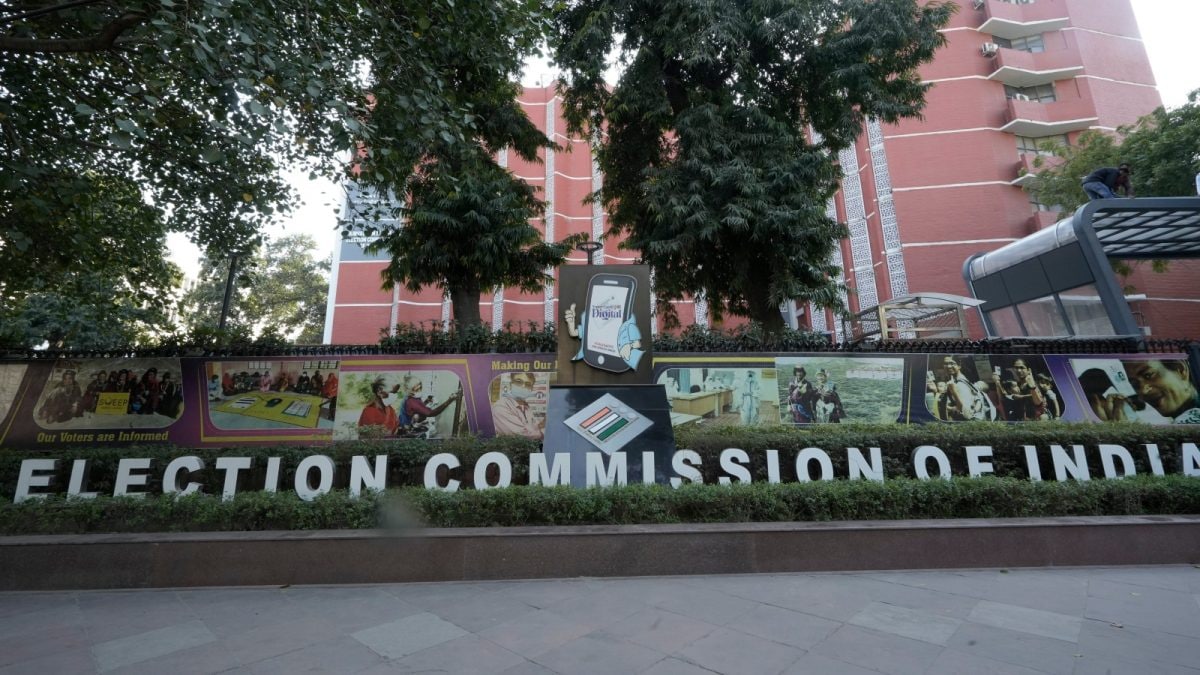ARTICLE AD BOX
 Disengagement of Indian and Chinese troops in
Depsang and Demchok was completed in November 2024, days after leaders of the two countries held talks in Russia’s Kazan. There was also agreement on resumption of patrols. But the trust deficit remains, as do troops on either side of LAC.
Disengagement of Indian and Chinese troops in
Depsang and Demchok was completed in November 2024, days after leaders of the two countries held talks in Russia’s Kazan. There was also agreement on resumption of patrols. But the trust deficit remains, as do troops on either side of LAC.
The Army’s plans for the harsh winter in eastern Ladakh include redeployment of troops along the Line of Actual Control (LAC) — it may involve temporary reduction of soldiers in the higher reaches isolated by snow — with adequate reserves in depth areas, completion of the geo-tagging of key features along the LAC and strengthening of the surveillance infrastructure.
Despite disengaging from the friction points along the LAC following an understanding with the Chinese in October 2024, troops are yet to de-escalate from the Ladakh region. The Army continues to be heavily deployed in eastern Ladakh, making this the sixth consecutive winter deployment in the region since 2020. Chinese troops also continue to be deployed in similar strength across the LAC.
According to sources, the LAC has been calm and incident-free this year following a series of confidence-building measures and strict control by the commanders at all levels to avoid clashes between troops.
Over the next few months, the Army will be implementing its winter posture, as part of which there is likely to be redeployment of troops stationed in a few forward posts to platoon and company locations in the vicinity.
Sources said the leave percentage of troops stationed in the region will also see some changes to ensure more troop density in summer.
Additionally, India continues to strengthen its surveillance infrastructure along the LAC to ensure most areas are covered. As reported by The Indian Express, a comprehensive surveillance network will be used to extensively monitor the LAC and surrounding areas round the clock – it has been established with the long-term objective of reducing additional patrolling effort.
Explained
The trust deficit
Disengagement of Indian and Chinese troops in Depsang and Demchok was completed in November 2024, days after leaders of the two countries held talks in Russia’s Kazan. There was also agreement on resumption of patrols. But the trust deficit remains, as do troops on either side of LAC.
According to sources, domination of the border using the latest surveillance devices will continue through the winter, and would be backed by large-scale use of drones and winter air surveillance sorties by helicopters and limited coordinated patrols when required.
Story continues below this ad
Sources said that geo-tagging of specific key features along the LAC, which began earlier this year, has mostly been completed. Local commanders will verify this after the winter ends. Established patrolling points, key features and landmarks are being geotagged to help demarcate the LAC clearly, aiding easier identification of disputed areas for future talks and to enable smoother patrolling by Indian troops.
The Army had raised a division for the sector, of which two brigades continue to serve as reserves. Additionally, the Rashtriya Rifles is currently deployed in eastern Ladakh.
Last week, India and China held the 23rd round of military talks at the Chushul-Moldo meeting point, a year after both sides agreed to disengage from the legacy friction points along the LAC. It was decided to continue the use of “existing mechanisms to resolve any ground issues along the border to maintain stability”.









 English (US) ·
English (US) ·